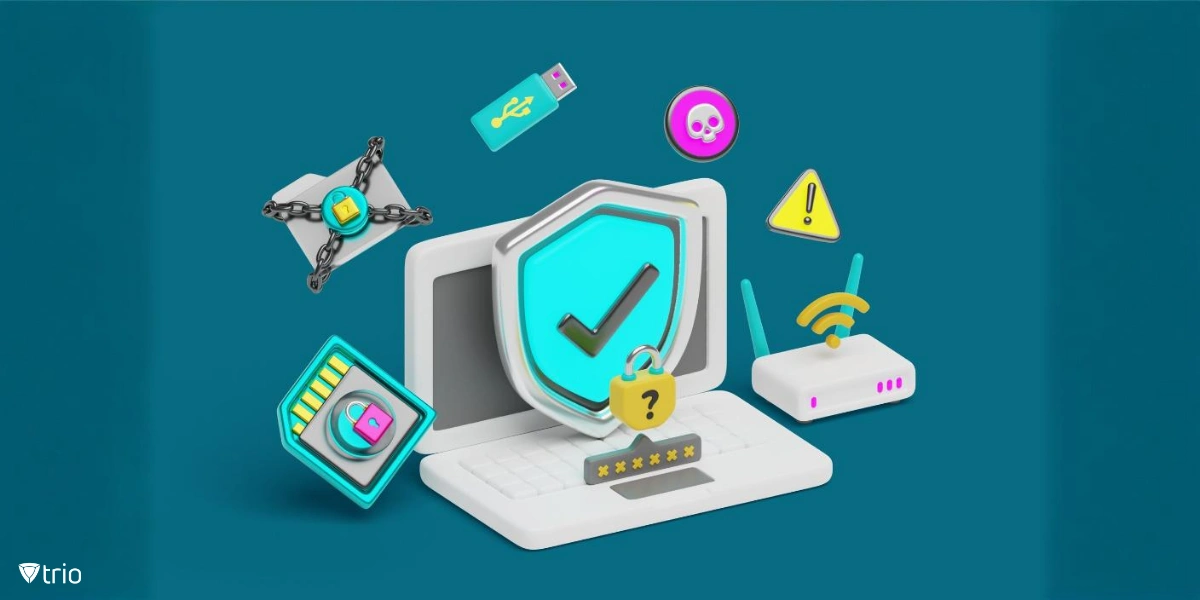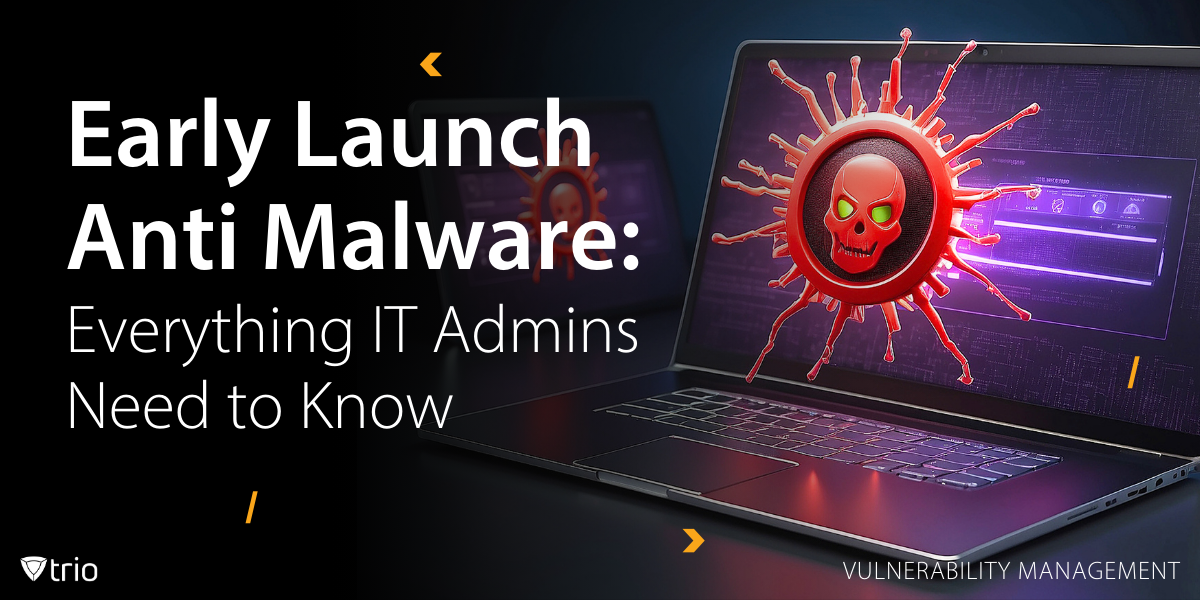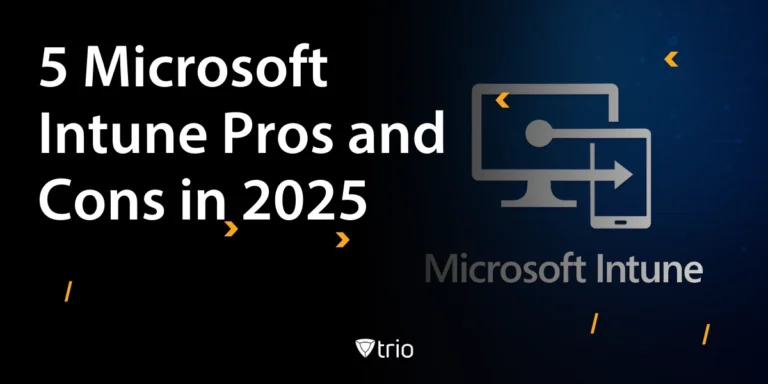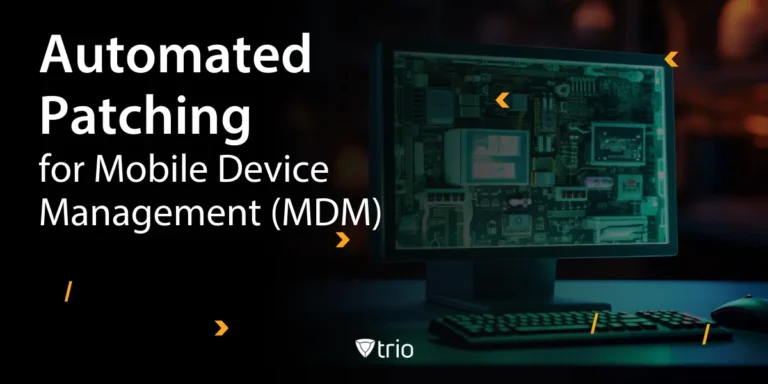As organizations and individuals alike grapple with increasingly sophisticated malware attacks, the need for proactive defense mechanisms has never been more critical. Enter Early Launch Anti Malware (ELAM), a cutting-edge technology designed to fortify systems against malicious intrusions right from the moment they power on.
This comprehensive guide delves into the intricacies of Early Launch Anti Malware, exploring its fundamental principles, operational significance, and the pivotal role it plays in safeguarding digital assets. By the end of this article, readers will gain a thorough understanding of ELAM's capabilities, its implementation strategies, and how it fits into the broader cybersecurity ecosystem.
As we navigate through the complexities of ELAM, we'll uncover its inner workings, discuss best practices for deployment, and examine its impact on system performance. Moreover, we'll explore how this technology integrates with other security measures to create a robust defense against modern cyber threats.
Understanding the Essence of Early Launch Anti Malware
Early Launch Anti Malware represents a revolutionary approach to system security, operating as a preemptive strike against potential threats. At its core, ELAM is a specialized driver that initializes during the earliest stages of the Windows boot process, even before other third-party drivers and applications load.
This strategic positioning allows ELAM to scrutinize and validate the integrity of other drivers as they attempt to initialize. By doing so, it creates a secure foundation for the entire operating system, effectively blocking malicious software from gaining a foothold during the critical boot phase.
The significance of ELAM lies in its ability to intercept threats at their entry point, preventing them from embedding themselves deep within the system architecture. This proactive approach marks a paradigm shift from traditional reactive security measures, offering a more robust defense against sophisticated malware that targets the boot process.
ELAM's functionality extends beyond mere detection. It possesses the capability to block suspicious drivers, repair compromised ones, and alert system administrators to potential security breaches. This multi-faceted approach ensures that only trusted, verified components are allowed to load, maintaining the integrity of the system from the ground up.
The Operational Mechanics of Early Launch Anti-Malware Protection
Early Launch Anti-Malware Protection operates through a series of meticulously designed steps, each crucial in fortifying the system against potential threats. The process begins the moment a user initiates the boot sequence, with ELAM springing into action before any other non-essential drivers load.
As the system powers on, ELAM initializes and takes control of the boot process. It leverages a database of known malware signatures, constantly updated to stay ahead of emerging threats. This database serves as a reference point against which all drivers attempting to load are compared.
ELAM's scanning mechanism is both thorough and efficient. It examines each driver, scrutinizing its digital signature, integrity, and reputation. This comprehensive analysis allows ELAM to make informed decisions about whether to allow a driver to load, block it, or flag it for further investigation.
The decision-making process of ELAM is nuanced and context-aware. It categorizes drivers into different risk levels:
- Good: Known, trusted drivers that pose no threat
- Bad: Recognized malicious drivers that are immediately blocked
- Unknown: Drivers that require further analysis
- Bad but Boot Critical: Malicious drivers that are essential for system operation
For drivers falling into the "Unknown" or "Bad but Boot Critical" categories, ELAM employs advanced heuristics and behavioral analysis to determine the appropriate course of action. This might involve allowing the driver to load under strict monitoring or triggering alerts for system administrators to investigate.
ELAM's protection extends beyond the initial boot phase. It continues to monitor the system, ready to intervene if any previously cleared driver exhibits suspicious behavior. This ongoing vigilance ensures that the system remains protected against threats that might attempt to exploit vulnerabilities post-boot.

Implementing Early Launch Anti Malware: Best Practices and Considerations
Implementing Early Launch Anti Malware effectively requires a strategic approach that balances security needs with system performance and compatibility. Here are key considerations and best practices for organizations looking to leverage ELAM:
System Compatibility Assessment: Before deploying ELAM, conduct a thorough assessment of your systems to ensure compatibility. ELAM requires specific hardware and firmware support, including UEFI Secure Boot capabilities and a Trusted Platform Module (TPM).
Driver Inventory and Validation: Create a comprehensive inventory of all drivers used in your environment. Validate each driver's digital signature and ensure they come from trusted sources. This proactive step can prevent potential conflicts with ELAM during implementation.
Phased Rollout: Implement ELAM in phases, starting with a pilot group of non-critical systems. This approach allows you to identify and address any unforeseen issues before a full-scale deployment.
Policy Configuration: Tailor ELAM policies to your organization's specific needs. While default settings offer robust protection, customizing policies can enhance security without impacting essential operations.
Integration with Existing Security Infrastructure: Ensure ELAM complements your existing security measures. Coordinate with your antivirus, endpoint protection, and network security teams to create a cohesive security strategy.
Regular Updates: Keep ELAM and its signature database up-to-date. Regular updates are crucial for maintaining effective protection against new and evolving threats.
Performance Monitoring: Continuously monitor system performance after implementing ELAM. While its impact is generally minimal, some environments may require fine-tuning to optimize boot times and overall system responsiveness.
User Education: Educate end-users about ELAM's role in system security. Understanding its purpose can help users appreciate the importance of security measures and comply with related policies.
Incident Response Planning: Develop and maintain an incident response plan that incorporates ELAM alerts. Define clear procedures for addressing ELAM-detected threats and suspicious activities.
Documentation and Auditing: Maintain detailed documentation of your ELAM implementation, including configurations, exceptions, and any customizations. Regular audits ensure ongoing compliance and effectiveness.
Overcoming Challenges in Early Launch Anti-Malware Deployment
While Early Launch Anti Malware offers robust protection, its deployment can present certain challenges. Understanding and addressing these obstacles is crucial for a successful implementation:
- False Positives: ELAM's stringent security checks may occasionally flag legitimate drivers as suspicious. To mitigate this:
- Maintain a whitelist of approved drivers specific to your environment.
- Implement a process for quickly validating and approving falsely flagged drivers.
- Regularly update ELAM's signature database to reduce false positive occurrences.
- Performance Impact: Although generally minimal, ELAM can slightly increase boot times. To optimize performance:
- Conduct thorough testing to identify any significant delays.
- Fine-tune ELAM settings to balance security and performance needs.
- Consider hardware upgrades if necessary, particularly for older systems.
- Compatibility Issues: Some legacy hardware or specialized drivers may not be compatible with ELAM. Address this by:
- Conducting a comprehensive compatibility assessment before deployment.
- Working with vendors to obtain ELAM-compatible driver versions.
- Implementing exception policies for essential, incompatible components.
- User Resistance: Users may resist changes that affect system behavior. Overcome this through:
- Clear communication about ELAM's benefits and importance.
- Providing user training and support during the transition period.
- Addressing user concerns promptly and transparently.
- Complex Environments: Large, diverse IT environments can complicate ELAM deployment. Manage this by:
- Developing a detailed deployment plan that accounts for different system types and configurations.
- Utilizing centralized management tools to streamline deployment and policy enforcement.
- Implementing in phases, starting with less critical systems.
- Ongoing Maintenance: Keeping ELAM effective requires continuous effort. Ensure success by:
- Establishing a regular update and maintenance schedule.
- Assigning dedicated resources for ELAM management and monitoring.
- Implementing automated tools for signature updates and policy management.
- Integration Challenges: ELAM must work harmoniously with other security solutions. Achieve this through:
- Thorough testing of ELAM alongside existing security tools.
- Coordinating with vendors to ensure compatibility and optimal configuration.
- Developing integrated security policies that leverage ELAM's capabilities effectively.
By proactively addressing these challenges, organizations can ensure a smoother deployment of Early Launch Anti Malware, maximizing its protective capabilities while minimizing disruptions to their IT operations.
Conclusion: Embracing Early Launch Anti Malware for Enhanced Cybersecurity
As we've explored throughout this comprehensive guide, Early Launch Anti Malware stands as a cornerstone in modern cybersecurity architecture. Its ability to provide a first line of defense against malicious threats during the critical boot process makes it an indispensable tool in the fight against increasingly sophisticated cyber attacks.
The importance of ELAM cannot be overstated in today's digital landscape, where threats can compromise systems before they even fully start. By implementing ELAM, organizations and individuals alike can significantly reduce their attack surface, creating a robust foundation for their overall security strategy.
As cyber threats continue to evolve, so too must our defenses. Early Launch Anti Malware represents a proactive approach to security, one that anticipates and prevents attacks rather than merely reacting to them. Its integration with other security measures creates a multi-layered defense that is crucial in today's complex threat environment.
While implementing ELAM may present some challenges, the benefits far outweigh the potential hurdles. With careful planning, proper implementation, and ongoing management, ELAM can significantly enhance an organization's security posture without compromising system performance or user experience.
Looking to the future, the continued evolution of ELAM technology promises even more sophisticated protection against emerging threats. As it integrates with AI, machine learning, and other cutting-edge technologies, ELAM will remain at the forefront of cybersecurity innovation.
For organizations seeking to bolster their cybersecurity defenses, considering a comprehensive solution like Trio's mobile device management can be a game-changer. Trio offers robust features that complement and enhance the protection provided by Early Launch Anti Malware. By combining ELAM with Trio's advanced security capabilities, your organization can create a formidable defense against a wide range of cyber threats.
We invite you to explore how Trio can elevate your organization's security posture. Take advantage of Trio's free demo to get a quick, hands-on look at how its features integrate with and amplify the protection offered by technologies like Early Launch Anti Malware. Ready to dive deeper? Sign up for a 21-day free trial to unlock full access to Trio’s advanced capabilities and see the difference it can make in real-world scenarios—no commitment required. In an era where digital security is paramount, embracing comprehensive solutions like Trio alongside ELAM can provide the peace of mind and robust protection necessary to thrive in the digital world.
In conclusion, Early Launch Anti Malware is not just a security feature; it's a fundamental component of a comprehensive cybersecurity strategy. By understanding and implementing ELAM effectively, your organization can take a significant step towards securing its digital assets and maintaining trust in an increasingly interconnected world.
Get Ahead of the Curve
Every organization today needs a solution to automate time-consuming tasks and strengthen security.
Without the right tools, manual processes drain resources and leave gaps in protection. Trio MDM is designed to solve this problem, automating key tasks, boosting security, and ensuring compliance with ease.
Don't let inefficiencies hold you back. Learn how Trio MDM can revolutionize your IT operations or request a free trial today!





